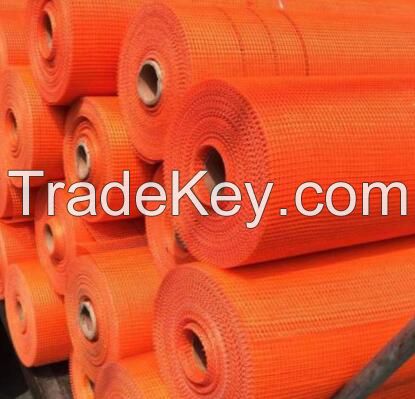详情
alkali-resistant reinforced eifs fiberglass mesh is woven by
fiberglass yarns, then alkaline-resistant latex coated. It owns
great alkaline-resistant and high strength. As a perfect
engineering material in construction, It is widely used to
reinforce cement, stone, wall materials, roofing, gypsum and so
on.
Main characteristics:
1.Good chemical stability: Alkali-resistant, acid-resistant,
waterproof,, cement erosion-resistant, and other chemicals\'
corrosion resistant; and strong resin bonding, soluble in
styrene.
2.Outstanding craftsmanship include coating enough alkali-resist
glue, our coating glue is produced by Germany BASF which can keep
****0% strength after test in Naoh *8days later, so that guarantee
high strength, high tensility, light weight.
3.Our fiberglass yarn is supplied by Jushi Group which is the
largest producer of fiberglass yarn in the world like Saint Gobain,
it\'s *0% extra strong strength and beauty surface than normal
fiberglass yarn!
4.Strength retention rate> *0%, elongation <1%, the
durability of more than *0 years
5.Good dimensional stability, stiffness, smoothness an difficult to
shrink and deformation, good positioning property.
6.Good impact resistance and not easy to be teared.
7.Fire resistant, thermal insulation, sound insulation, insulations
etc.
Useage:
1.*5g / m2 mesh fabric used in the reinforcement of thin slurry, to
eliminate small cracks and scattered throughout the surface
pressure.
2.**0g / m2 mesh cloth is widely used in indoor and outdoor walls,
prevent the various materials (such as brick, light wood,
prefabricated structure) of treatment or caused by a variety of
expansion coefficient of wall crack and break
3. **5g/m2 mesh fabric used in the wall and be mixed in various
materials (such as brick, light wood, prefabricated structures), to
prevent cracking and scatter the whole surface pressure, especially
in the external wall insulation system (EIFS ).
4. **0g / m2 mesh fabric used in insulator layer of reinforcement
in the mortar, through shrinkage and temperature changes by
providing a space to maintain movement between the layers, prevent
crack and rupture due to shrinkage or temperature change.
